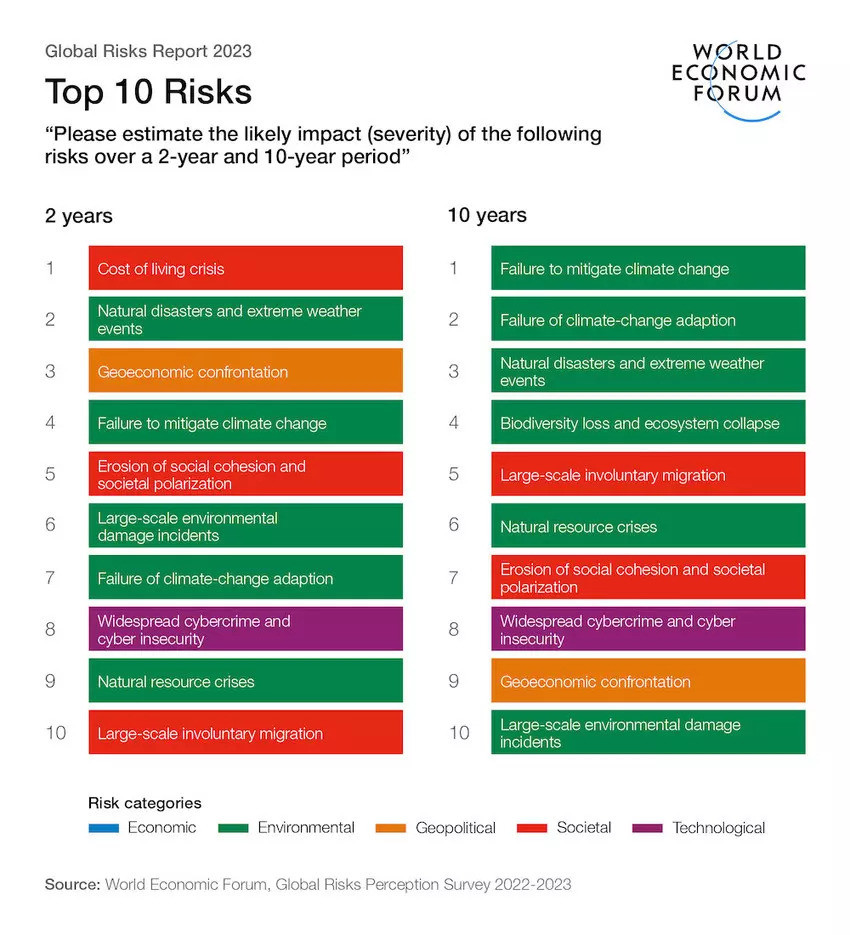
March 10, 2011
Let’s Give an “F” to the FT List of Best Business Schools

Illustration via Marxist.com.
The Financial Times recently came out with its annual Global MBA Ranking 2011, and it represents everything that is wrong with business education.
The FT breaks out the criteria contributing to the overall ranking by salary, value for money, career progress, placement success, employment, alumni recommendation, faculty abilities, internationalization and research. But nowhere do you see a measure of innovation or creativity. The schools that graduated the MBAs who went into banking and Wall Street to write the script for the devastating Great Recession of 2007–2009 are still at the top. The schools that graduated managers who proved totally unable to innovate are still at the top. The schools that gave Master of Nonprofit Administration degrees to people who went on to become CEOs and failed to deliver value for the past decade measured by stock price are still at the top.
The FT list of the best MBA programs is a testament to the inefficiency of markets and the inability of business schools to change their curricula, professors and teaching methods despite the rise of enormous complexity and uncertainty in the global economy.
The list reveals that most business schools are teaching the same old stuff — operations, marketing, finance, management, accounting. Yes, there is more “entrepreneurship,” but how meaningful is it? What exactly does a Masters in Business Administration in Entrepreneurship mean to the people who founded Facebook, Google, Groupon or Twitter? Nothing. There is more “international,” but that is a no-brainer. So is “social responsibility.”
Where are the courses that make for smarter, more innovative business brains that can devise new models of organization, new concepts of service, new means of adding value? There are a few here and there. But not many. And where are the business schools that actually teach creativity? Stanford makes the top 10 of the FT list with its D-School program that brings together business, engineering and design students.
There’s a tiny glimmer out of the Yale School of Management, No. 15, which offers a course, led by Design Observer’s Michael Bierut and William Drenttel, on Design Thinking (I taught a class recently and the students were first-rate). Northwestern has a very big program that mirrors the D-School, but Kellogg, its B-School, ranked No. 21. The Hass school at Berkeley is making a big effort to redo itself as a school of innovation. But the FT ranks it at 25. Carnegie Mellon has been bringing engineering, business and design students together for over a decade to make for creative thinking. But that doesn’t count much — it’s down at 41. The UK’s Imperial College is at 47, and it has one of the top design and innovation programs for its business students.
While a few business schools connect to programs that offer creative thinking to their students, the one established business school that has innovation and creativity at the core of its curriculum on the FT list is the Rotman School of Management at the University in Toronto. The FT ranks it at No. 46. I know the dean, Roger Martin, who is one of the top thinkers on innovation around the globe, and I know the school. If you’re measuring for tomorrow’s leaders, not yesterday’s, Rotman should be in the FT Top 10.
The new design-based business program (DMBA) at California College of Art isn’t even on the FT list. In its second year, DMBA is in such demand from corporations who are hiring its graduates, that it is boosting its enrollment and expanding into exec ed.
When I was at Business Week, I developed a new list of schools, where business people can go to learn how to be creative and innovative. One version of it is here.
Since then, I’ve taught at Parsons School of Design in New York and have seen the incredible graduates of its Design and Management program. They know how to operate in a what-if world. I would add Parsons to any list of schools that focuses on delivering a learned competence in business and management creativity.
And in the Top Two of any list of schools of creativity would be IIT’s Institute of Design in Chicago. If you are in business and want people who know how to strategize in a complex and uncertain world, you want graduates of ID. If you want people who know innovation policy and strategy, you want ID grads.
A few months back, IBM published a global survey of over 1500 CEOs. The one competence they agreed CEOs needed most was creativity. Alas, creativity is the one competence sorely lacking in the curricula of most of the FT list of MBA 2011 schools. We need another list of business schools that teach managers how to be creative and another generation of CEOs who know how to innovate.
Observed
View all
Observed
By Bruce Nussbaum
Recent Posts
Candace Parker & Michael C. Bush on Purpose, Leadership and Meeting the MomentCourtney L. McCluney, PhD|Essays
Rest as reparations: reimagining how we invest in Black women entrepreneurs Food branding without borders: chai, culture, and the politics of packaging Why scaling back on equity is more than risky — it’s economically irresponsible



